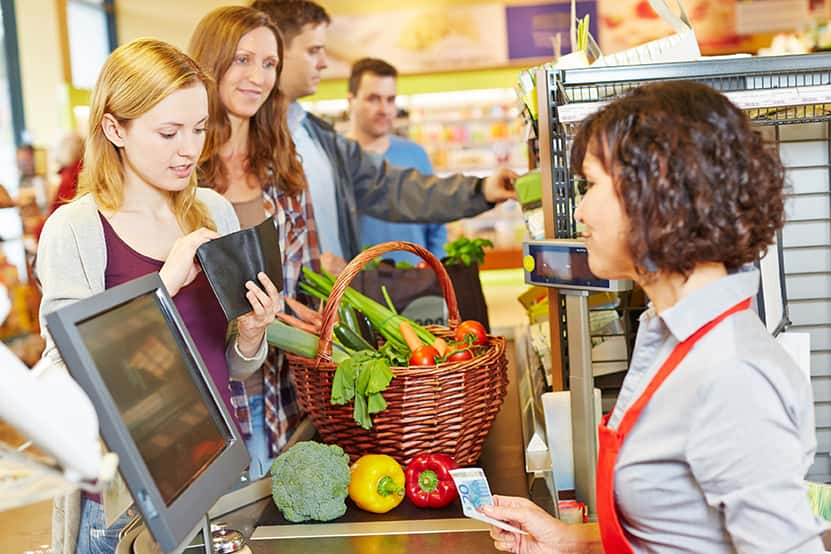In fiscal year 2024, commencing October 2023, the U.S. Department of Agriculture has recalibrated Supplemental Nutrition Assistance Program benefits to align with cost of living adjustments.

Monthly benefits are extended to most households that meet the Supplemental Nutrition Assistance Program benefits criteria
These include adhering to gross and net income limits, which necessitate earnings to remain at or below 130% of the federal poverty line. Additionally, households must adhere to resource limits, stipulating that assets should not exceed $2,750 for those without a member aged 60 or older or with a disability, and $4,250 for households including such a member. Able-bodied adults without dependents (ABAWDs) face a stipulation; if they do not engage in a minimum of 80 hours of work monthly, they can only receive Supplemental Nutrition Assistance Program benefits for three months within a three-year period. Noteworthy exceptions to this rule are homeless individuals, veterans, and adults aged 18 to 24 who have transitioned out of foster care.
Supplemental Nutrition Assistance Program benefits account for all forms of income, including cash and unearned income like unemployment insurance and Social Security
For households with no net income, the maximum allotments are granted. In cases where net income exists, the monthly Supplemental Nutrition Assistance Program benefits equals the maximum benefits for the household size, minus 30% of the household’s net income.
Regarding asset assessment, the Supplemental Nutrition Assistance Program benefits factors in resources that could be accessible for purchasing food, excluding non-accessible items like homes, retirement savings, and personal property. Not all states implement this asset test, and many residents qualify as long as they stay within the SNAP income limits commensurate with their household size. Nationwide, 12.5% of the population received SNAP benefits, with significant variations among states. New Mexico tops the list with 22.9% of residents receiving SNAP benefits, followed by the District of Columbia (21.4%), Oregon (17.8%), and West Virginia (17.7%). Conversely, Utah exhibits the lowest SNAP utilization rate (4.6%), trailed by New Hampshire (5%), Wyoming (5.1%), and North Dakota (5.8%).




